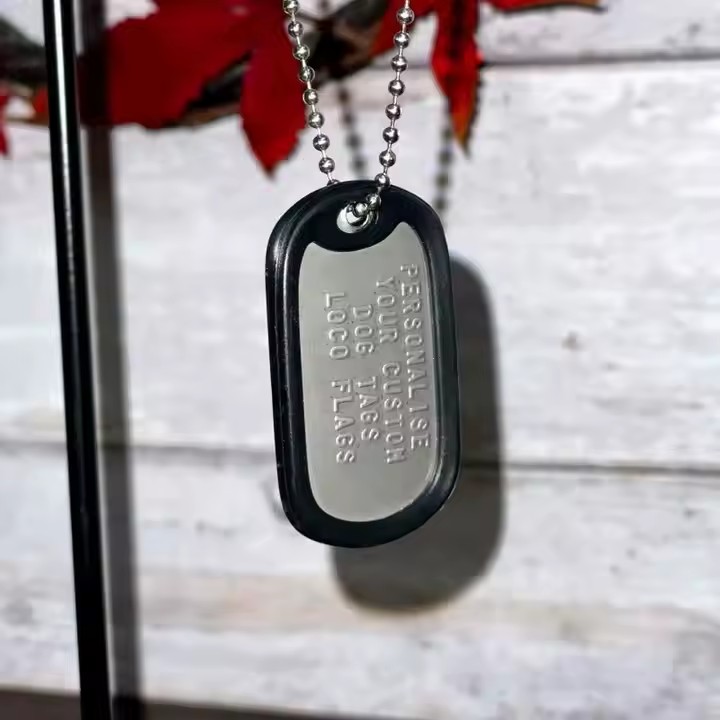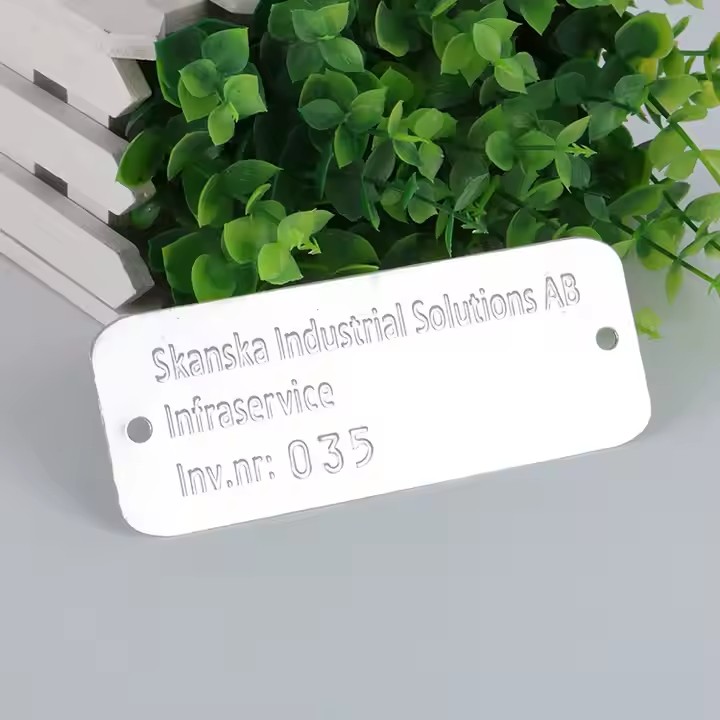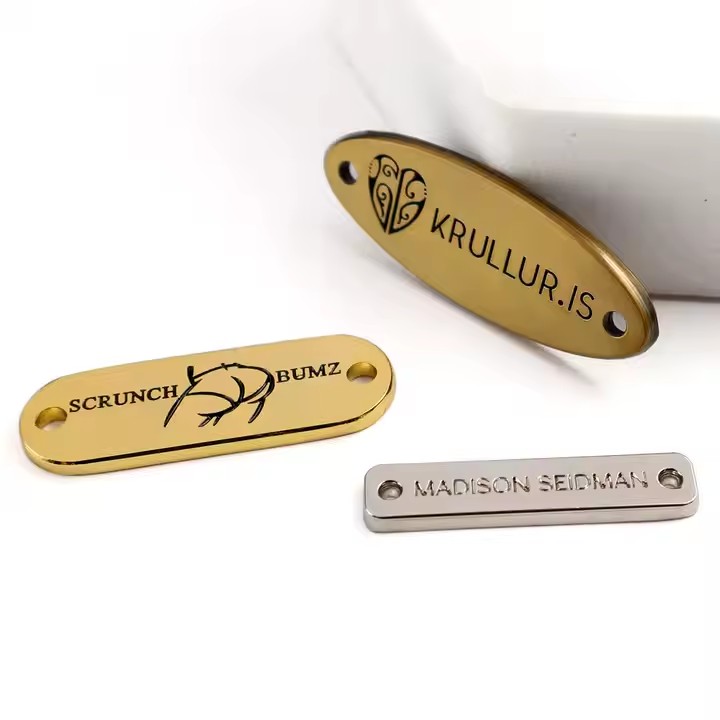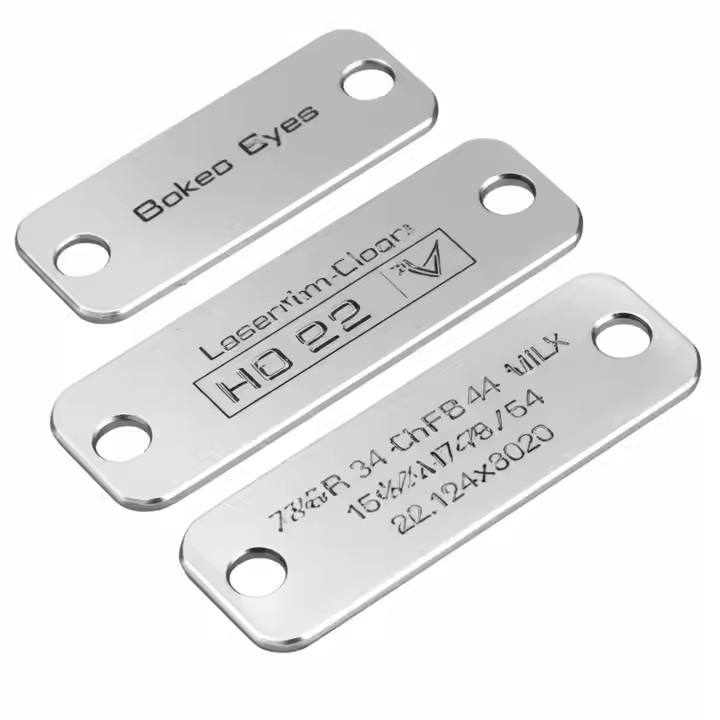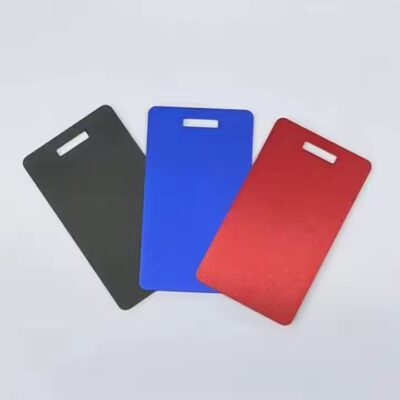
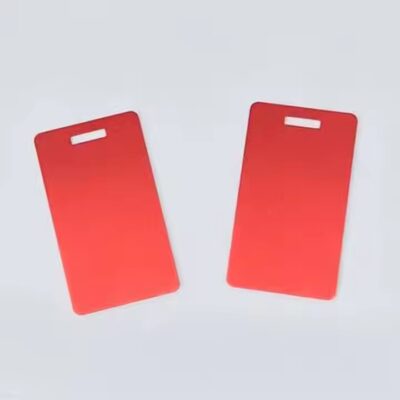
How Is Color Added to Anodized Aluminum Tags?
Introduction
Anodized aluminum tags are known for their exceptional durability, corrosion resistance, and sleek appearance. One of the most valuable features of anodizing is the ability to add vibrant and lasting colors to the surface of aluminum. But how exactly does color get into the metal? In this article, we’ll explain how color is added to anodized aluminum tags, what methods are used, and how to choose the right one for your application.
Understanding the Anodized Layer
When aluminum is anodized, an oxide layer forms on the surface through an electrochemical process. This layer is microscopically porous, which allows it to absorb dyes or react with metal salts—this is the key to coloration.
There are two main methods used to add color:
-
Dyeing (Absorptive Coloring)
-
Electrolytic Coloring (Inorganic Coloring)
1. Dyeing: Organic Color Absorption
Process Overview
After anodizing, the aluminum tag is immersed in a dye bath. The dye penetrates the porous oxide layer, creating a colored finish. The tag is then sealed to lock in the color and close the pores.
Common Dye Colors
-
Black
-
Red
-
Blue
-
Green
-
Gold
-
Orange
Advantages
-
Wide range of vivid colors
-
Suitable for decorative or branding purposes
-
Cost-effective for low to medium volume runs
Considerations
-
Less UV-resistant than electrolytic coloring
-
Best for indoor or mild outdoor conditions (unless using UV-stable dyes)
2. Electrolytic Coloring: Inorganic Finishing
Process Overview
In this method, after anodizing, the part is immersed in a bath containing metal salts (such as tin or cobalt). An electrical current causes the metal ions to deposit into the base of the anodic pores, producing metallic colors like bronze, champagne, or black.
Advantages
-
Excellent UV and weather resistance
-
Long-lasting, fade-resistant finish
-
Preferred for architectural, industrial, or outdoor use
Limitations
-
Limited to metallic shades (not as vibrant as dye colors)
-
Slightly higher cost and complexity
3. Sealing the Color
After coloring (via dyeing or electrolytic methods), the aluminum tag undergoes sealing—usually in hot deionized water or nickel acetate. This step closes the pores in the oxide layer, ensuring the color is fixed, and improving corrosion resistance.
Choosing the Right Coloring Method for Your Tags
| Requirement | Recommended Method |
|---|---|
| Bright branding colors | Dyeing |
| Outdoor durability (UV-resistant) | Electrolytic coloring |
| Metallic finishes | Electrolytic coloring |
| Budget-friendly for large runs | Dyeing |
| Industrial-grade performance | Electrolytic coloring |
Applications of Colored Anodized Aluminum Tags
-
Product Branding Labels: Custom colors for logos and product differentiation
-
Industrial Asset Tags: Color-coded for departments or categories
-
Control Panels: Colored labels for warning, caution, and identification
-
Military & Marine Use: UV-stable colors for durability
-
Decorative Nameplates: Fashion, luxury goods, and electronics
Conclusion
Adding color to anodized aluminum tags is more than just aesthetic—it enhances functionality, visibility, and brand identity. Whether you’re using dyeing for rich colors or electrolytic coloring for long-term resistance, the right process ensures that your tags not only look great but also last.
Interested in custom colored anodized aluminum tags for your project? Contact us for bulk orders, technical advice, or a free sample.

